A hundred years ago, the Golden Age of detective fiction was taking off. In the years that followed, Agatha Christie, Dorothy L. Sayers and their contemporaries wrote classics that still delight readers today. But the great crime books of the inter-war years — and the politics of the people who wrote them — have long been misunderstood.
There was no shortage of left-wing authors of Golden Age detective fiction
Critics routinely dismissed the stories as cozy, conservative and conventional. Lavish TV and film adaptations reinforced the stereotype. The reality is that many fascinating writers of classic crime fiction were left-wing or even — like Bruce Hamilton (the godson of Sir Arthur Conan Doyle) and his better-known brother Patrick — Marxist. Their books reflected their politics in a variety of ways.
Even the twentieth century’s leading historian of the genre, Julian Symons, fell into the trap of thinking otherwise. In his influential Bloody Murder, he argued that “Almost all the British writers of the twenties and thirties…were unquestionably right-wing.” When he came up with that generalization, Symons was a recovering Trotskyist. Perhaps that influenced his attitude. The truth is that he’s wrong. It’s certainly the case that Christie, Sayers, Anthony Berkeley (who founded the elitist Detection Club in 1930) and the excellent Henry Wade — in real life a baronet, Sir Henry Aubrey-Fletcher — were instinctive conservatives. Nevertheless, Symons airbrushed out of his version of a history a wide range of intriguing novelists with a left-wing political agenda.
Even the term ‘“the Golden Age” was coined, in 1939, by John Strachey during his Marxist phase prior to becoming a minister in Attlee’s Labour government. Strachey heaped praise on young detective writers such as Nicholas Blake (the poet Cecil Day-Lewis), who had recently published a superb mystery, The Beast Must Die. Day-Lewis was a Communist Party member, but that didn’t debar him from being elected to membership of the elitist Detection Club, founded by Anthony Berkeley in 1930, in which Christie and Sayers were leading lights. Their concern was literary merit, not politics or prejudice.
When he attended Detection Club dinners in Soho, Day-Lewis found plenty of companions from the political left. The Club’s founder members included the economist G.D.H. Cole and his wife Margaret, stalwarts of the Fabian Society who wrote over twenty detective novels together, and Lord Gorell, who served in David Lloyd George’s government before switching to Labour. Elected two years before Day-Lewis, Ralph Woodthorpe was a Daily Herald journalist who excoriated Fascism in two of his detective novels as well as in newspaper columns.
Two prominent women in the Labour Party made use of their political know-how when they turned to mystery writing after losing their seats in the Conservative landslide of 1931. Mary Agnes Hamilton wrote Murder in the House of Commons, while Ellen Wilkinson — “Red Ellen,” of Jarrow March fame — published a locked room mystery before returning to the political fray and serving as Attlee’s minister of education. The Division Bell Mystery is a pleasing debut but the book vanished from the shelves before resurfacing eighty years later in the British Library’s Crime Classics series — with a prefatory note by Rachel Reeves.
Ivy Low, wife of the Communist revolutionary Maxim Litvinov, spent the “Golden Age” living in Stalin’s Russia. Moscow in the twenties supplied her with an evocative background for His Master’s Voice, published by Victor Gollancz, a radical who published scores of detective novels as well as founding the Left Book Club.
Like Hamilton and Wilkinson, Ivy only wrote one mystery novel. Christopher St John Sprigg, the Marxist poet better known under his less posh writing name Christopher Caudwell, managed to dash off eight whodunits before being killed in Spain while fighting against Franco.
After World War One, detective novelists and their readers were intent on having fun after the horrors of the trenches and the nightmarish “Spanish flu” pandemic. Authors concocted puzzles that challenged readers to try to solve the mystery before the great detective, but before the end of the twenties, astute writers like Sayers and Berkeley realised that the future lay in puzzles of character.
As the world economy slumped and dictators flexed their muscles, detective novelists grappled with the burning question of the times: what should we do when we can’t trust the legal system to deliver justice? This theme underpins two Christie masterpieces, Murder on the Orient Express and And Then There Were None, and it also preoccupied her left-leaning colleagues in the Detection Club. Milward Kennedy, a senior figure in the International Labour Organisation, devoted a whole novel, Sic Transit Gloria, to exploring “justified murder.”
Helen Simpson — whose attempt to become a Liberal members of parliament was derailed by cancer — wrote Vantage Striker!, in which a populist politician turns out to be a closet fascist who is dealt with ruthlessly by extra-legal means. Margaret Cole’s brother Raymond Postgate included an epigraph by Marx in his scathing jury trial novel, Verdict of Twelve.
Bruce Hamilton even wrote a novel about a homicidal dentist, Middle Class Murder, expressly designed to show the rottenness of the bourgeoisie. He followed this up with Traitor’s Way and The Brighton Murder Trial: Rex v. Rhodes, two anti-fascist novels which failed spectacularly to anticipate Stalin’s pact of non-aggression with Hitler. Perhaps that sapped his morale, since he only managed one more crime novel over the next thirty years, while Postgate concentrated on democratizing gourmet dining by founding The Good Food Guide.
So despite Symons’ claim, there was no shortage of left-wing authors of Golden Age detective fiction. But they lacked the staying power of Christie, Sayers, and their fellow conservatives. And, most important of all, their stories weren’t as enjoyable.
This article was originally published on The Spectator’s UK website.



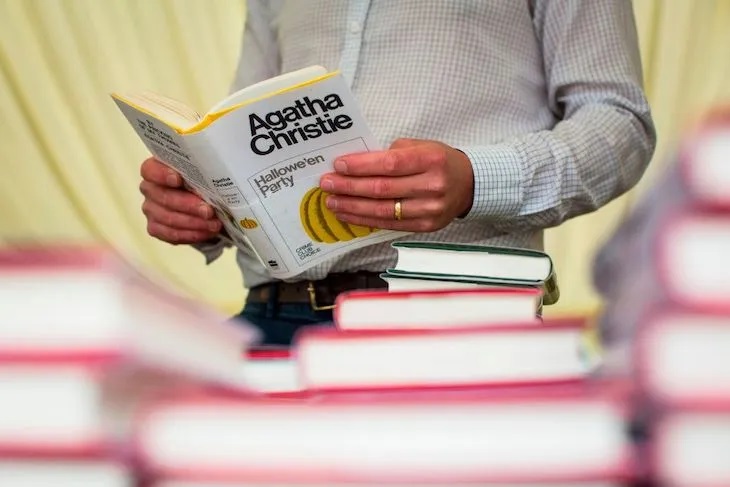







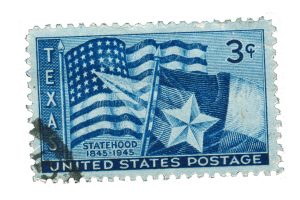

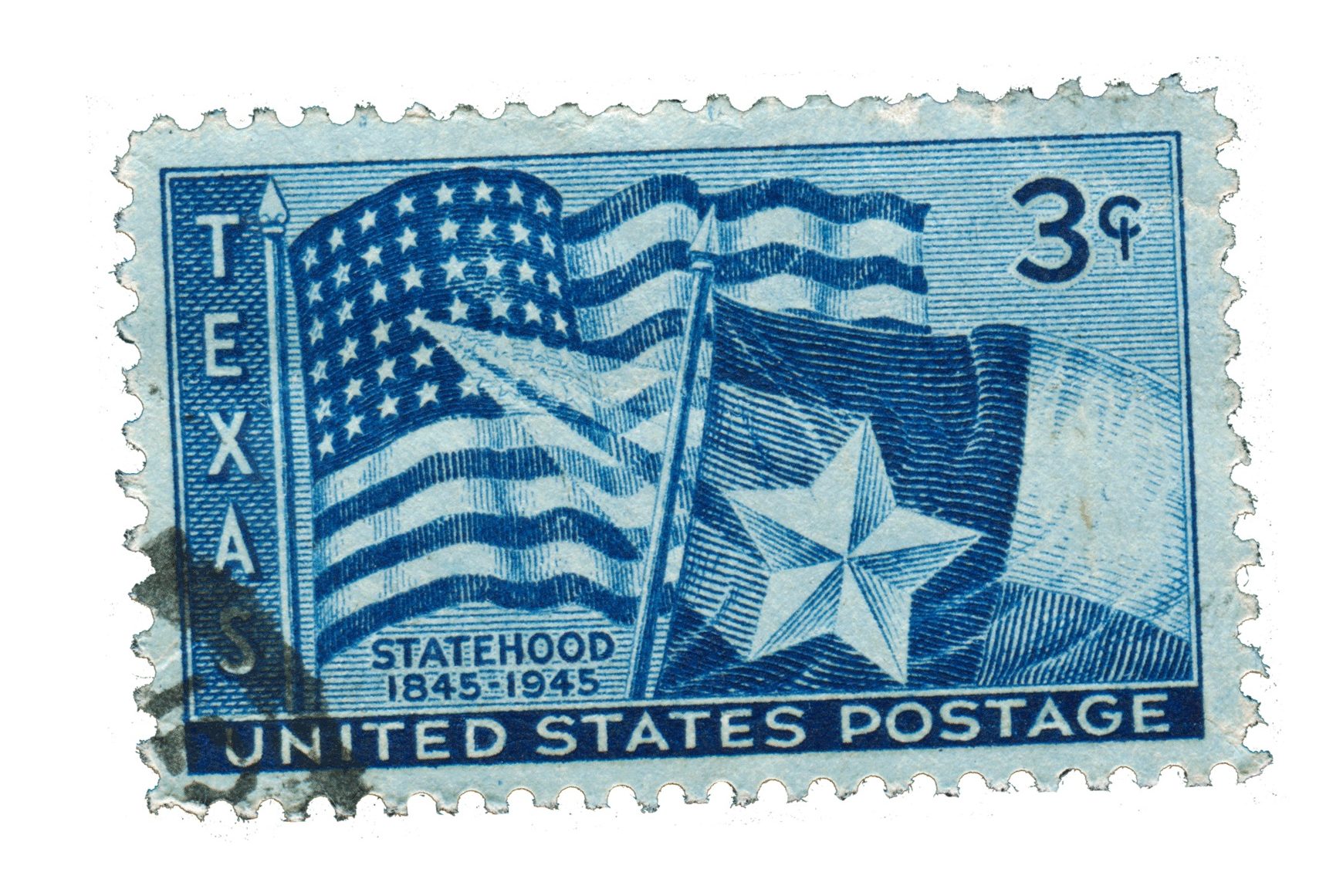
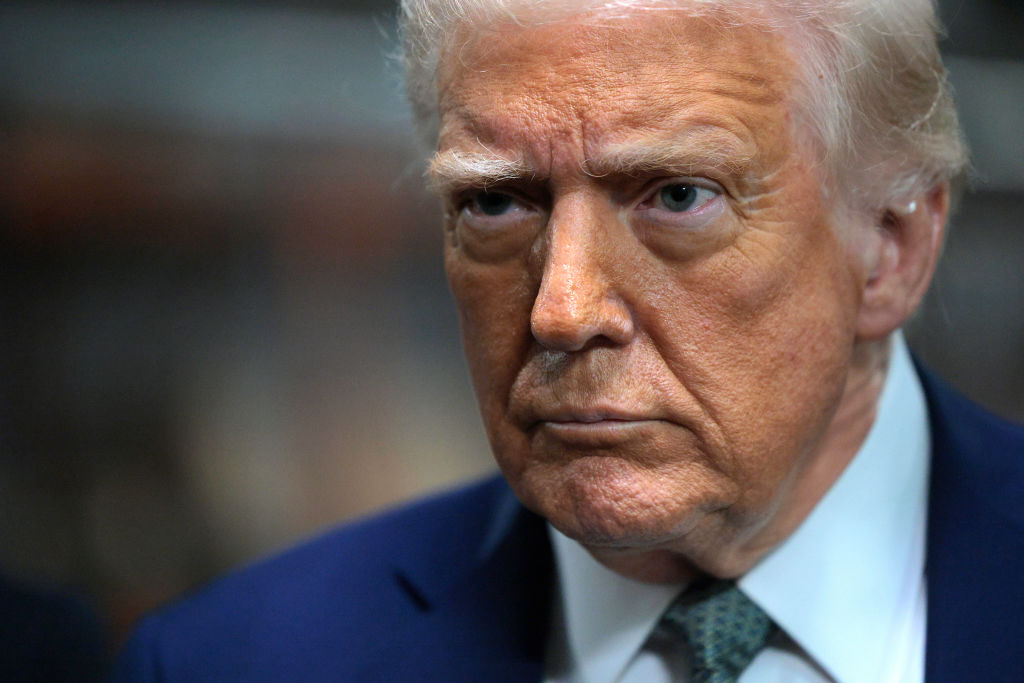
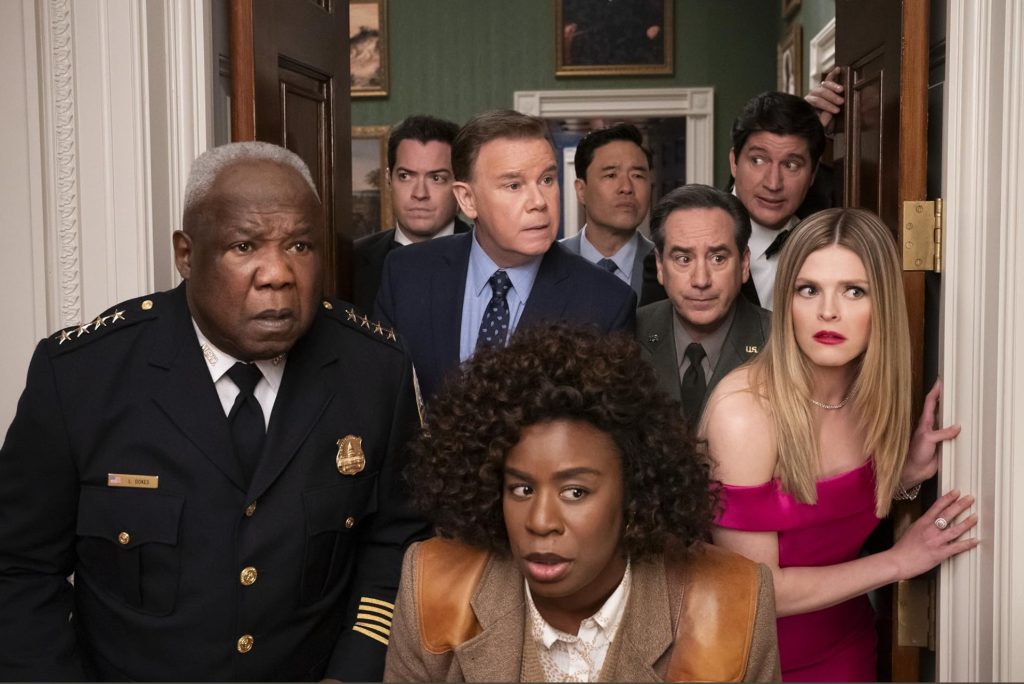










Leave a Reply